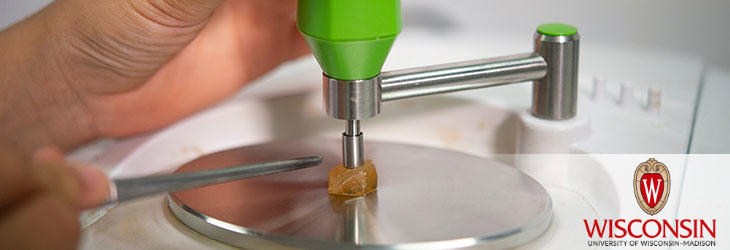Research Tools

Super Bac 1 - An Inducible Vector With Shuttle Capability
WARF: P01167US
Inventors: Jo Handelsman, Robert Goodman, David Mann
The Wisconsin Alumni Research Foundation (WARF) is seeking commercial partners interested in developing an improved BAC vector, called Super BAC 1, for use in genomic studies.
Overview
Because they retain large DNA inserts over many generations, bacterial artificial chromosomes (BACs) are popular vectors for genetic and expression analyses of genomic DNA libraries; however, their use poses some limitations. BACs exist in low copy number in cells, making isolation of sufficient DNA for later analyses difficult. In addition, expression of certain genes from the BAC insert may be inhibited by the biochemical milieu of E. coli, the host typically used in expression studies.
The Invention
UW-Madison researchers have now engineered an improved BAC vector, called Super BAC 1, for use in genomic studies. They have modified a widely used BAC to include an oriV gene from the IncP plasmid RK2. In the presence of a specific transcription factor, oriV provides arabinose-inducible replication, allowing a 50 to 150-fold amplification of BAC copy number upon addition of arabinose. As a second modification, they have added the oriT gene, also from plasmid RK2, to the BAC. This gene confers on E. coli the capacity for conjugal mating into Bacillus when the tra gene is also supplied in trans. To maintain the transferred BAC in Bacillus, the researchers have included the rep60 gene from a Bacillus plasmid. This Bacillus-specific origin of replication maintains the plasmid at five to six copies per cell in this alternate host.
Applications
- Genetic and expression analyses of genomic DNA libraries
Key Benefits
- Super BAC 1 not only stably maintains large genomic fragments in low copy number, but also provides 50 to 150-fold amplification of inserts upon induction with arabinose.
- Alleviates difficulties associated with isolating low copy number BACs for sequencing, sub-cloning and other manipulations
- In expression studies, amplifiable BAC may allow discovery of novel chemicals and activities that would go undetected with a low copy number BAC.
- Shuttle capability into Bacillus overcomes the low transformation efficiencies typically seen with Gram-positive species.
- Shuttle capability should allow identification of novel phenotypes not observed in E. coli.
Additional Information
For More Information About the Inventors
Related Technologies
For current licensing status, please contact Jennifer Gottwald at [javascript protected email address] or 608-960-9854